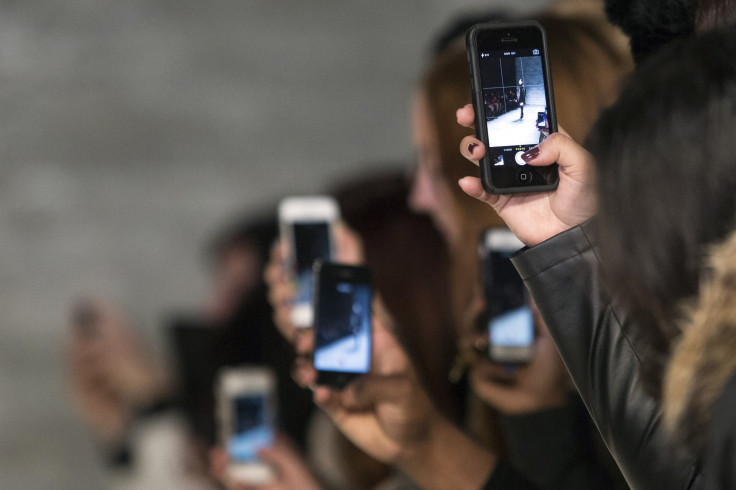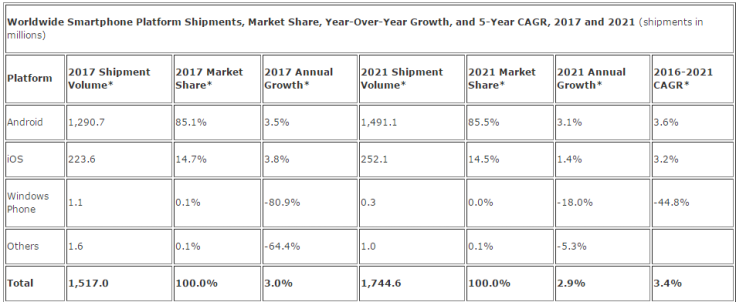Smartphone Sales To Rise Globally In 2017, Post 2016 Dip in Sales: IDC

Smartphone sales saw a dip for the first time in many years in fiscal year 2016, but according to the International Data Corporation (IDC), which tracks global smartphone sales, the industry will make a comeback this year.
In 2016, smartphone sales rose just 2.5 percent year-on-year (YoY) – the lowest growth the industry has ever experienced, but in 2017 smartphone sales are expected to grow at 4.5 percent YoY, generating sales momentum, which will carry on to 2018.
Read: LG Gives Up On China As US Smartphone Sales Rise
"2016 was an interesting year for smartphones with some high-growth markets down and other mature markets like the U.S. and China outpacing global growth rates. Looking ahead, we continue to believe several factors will enable the smartphone market to regain some of its momentum. … Less than half the world's population is currently using a smartphone, and markets like the Middle East & Africa, Central & Eastern Europe, and Southeast Asia still have plenty of room to grow,” Ryan Reith, program vice president with IDC's worldwide quarterly mobile device trackers said in the press release.
However, what's interesting is the fact that IDC’s findings are similar to facts stated in Garter’s "Market Share Alert: Preliminary, Mobile Phones, Worldwide, and 1Q17 ”report published May 23, stating that it is the low-end smartphone market and not premium brands such as Apple and Samsung, which will drive the growth of the industry.
“As consumers continue to demand more from their smartphones we expect to see a large portion of the installed base that is currently using low-end devices begin to seek a more robust experience on more capable devices. Media consumption, gaming, augmented and virtual reality and constant connectivity are drivers of this trend,” Reith added.
One of the reasons behind low-end devices' sales picking up this is tough competition among makers of premium smartphones. While devices such as the Samsung Galaxy S8 and LG G6 push the envelope further in terms of smartphone features, they also push the pricing upward. This leads to the saturation of the high-end smartphone market.
"With the ongoing fight at the high end, vendors will need to find a way to innovate ahead of the curve to attract new users and increase shipments while driving profits," said Anthony Scarsella, research manager, IDC worldwide quarterly mobile phone tracker.
Read: Samsung Suffers Its 'Worst' Drop in Smartphone Sales After Galaxy Note 7 Recall

IDC findings also stated that Android device shipments were expected to increase this year and 1.5 billion devices by 2021, while the average selling price of Android device will consistently decline. Android sales are expected to grow in the Middle East and Africa at a rate of 10 percent YoY next year, which is way ahead of 4.1 percent YoY growth projected for the same year. Meanwhile, iPhone sales are expected to grow at 3.8 percent YoY after dipping for the first time in 2016. Apple is expected to sell 223.6 million iPhones in 2017, a number that could go up to 240.4 million in 2018, following the iPhone 8 launch this fall, the report said.
© Copyright IBTimes 2025. All rights reserved.




















